Corn diseases have been on my radar these past few weeks as I am just getting my boots on the ground in Indiana. Many aerial fungicide applications are going out around the region, corresponding to crop maturity and the uptick of grey leaf spot. As a result the biggest question I have received this week is, “Should we spray our corn for grey leaf spot?” Fungicides can be effective at reducing disease and protecting yield, but there are a number of factors that should be considered: the field history/previous crop, the amount of disease present in the field, hybrid susceptibility, weather conditions, and the price of corn and cost of fungicide application.
Grey leaf spot is probably the most prevalent disease issue this year to date. It is caused by the fungus Cercospora zea-maydis. Symptoms of grey leaf spot usually first appear in the lower canopy a few weeks before tasseling. The lesions are light tan in color and generally narrow and rectangular, and can be as long as 2 inches. As the lesions age they turn grey in color and are delimited by leaf veins (Fig. 1). This annual disease has become one of the most important foliar diseases in Indiana. Hybrid susceptibility and weather will have the greatest impact on the severity in a field. Fungicide options that are available for gray leaf spot would be a cost effective application in fields that have a history of disease and are planted to susceptible hybrids in no-till or reduced-till system. As a reminder, fungicide applications add an additional cost to corn production. Therefore, economic factors and other disease issues need to be considered before deciding to apply a fungicide to manage gray leaf spot. Previous research has determined the best time to apply fungicides in preventing yield loss with the most economic return occurs when fungicides are applied in response to disease at tasseling (VT) through early silking (R1). More detailed information can be found in the Purdue Diseases of Corn – Grey Leaf Spot Extension publication https://www.extension.purdue.edu/extmedia/bp/bp-56-w.pdf.
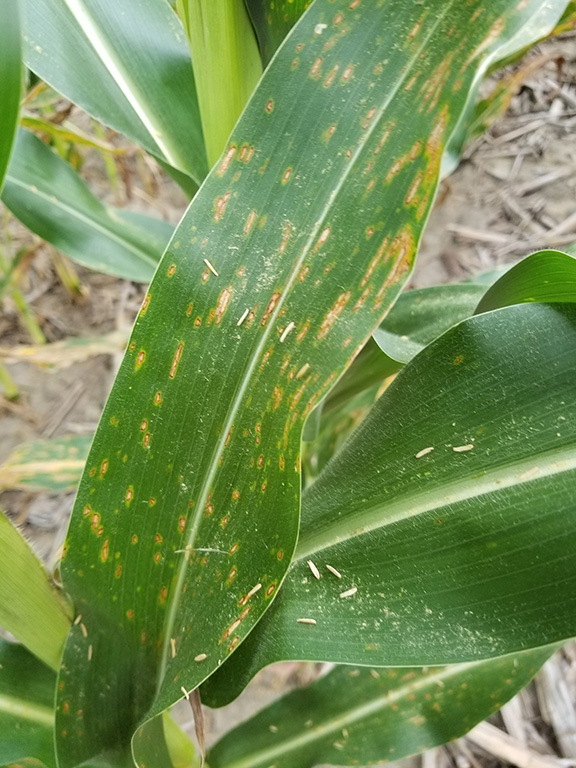
Fig 1. Grey leaf spot on lower leaves in canopy of a field of continuous, no-till corn. (Photo credit: Darcy Telenko)
Purdue’s Plant and Pest Diagnostic Lab (PPDL) this past week has received numerous corn samples that are positive for Physoderma brown spot stalk rot, and this disease has also appeared in our continuous and no-till corn research site. Physoderma brown spot is caused by the Physoderma maydis, the only class of fungi that produced zoospores (spores that have a tail (flagellum)) and swim free in water. P. maydis can survive in soil and crop debris for 2 to 7 years. The pathogen can be dispersed by the wind or splashed into the whorls of the developing corn. Corn is most susceptible to infection between growth stages V5 to V9. Therefore, even though we are seeing symptoms now as corn is past VT and moving into R-stages, infection occurred in standing water in the whorl. Dark purplish to black oval spots along the midrib of the leaf (Fig. 2) and on the stalk, leaf sheath and husks (Fig. 3) are distinguishing characteristic symptoms of Physoderma brown spot. In addition, infected leaves have numerous very small round or oval spots that are yellowish to brown and occur in bands across the leaf. Management options for Physoderma are limited, there are a few fungicides that are labeled for Physoderma control, but there is limited information if a fungicide application would be economical in Indiana. Rotation and tillage both can help manage residue where the pathogen will survive year to year – most susceptible sites are those in no-till and continuous corn.
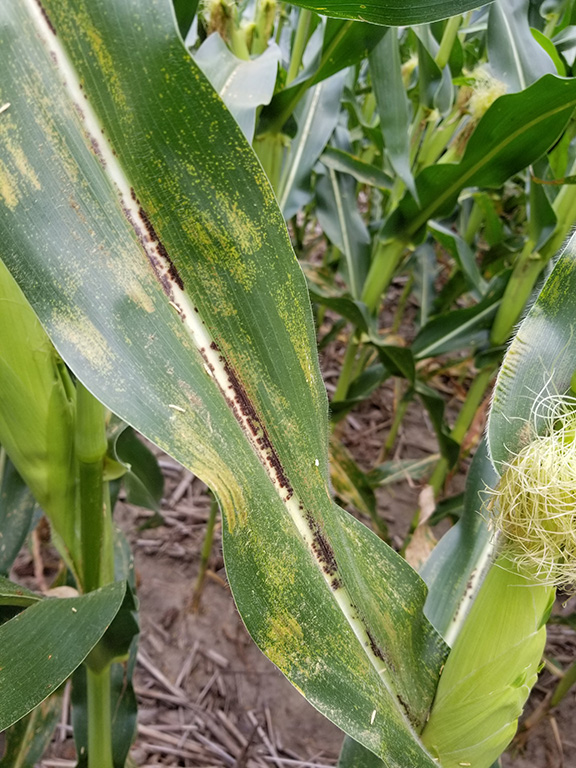
Fig. 2a. An example of how Physoderma brown spot appears in the field.
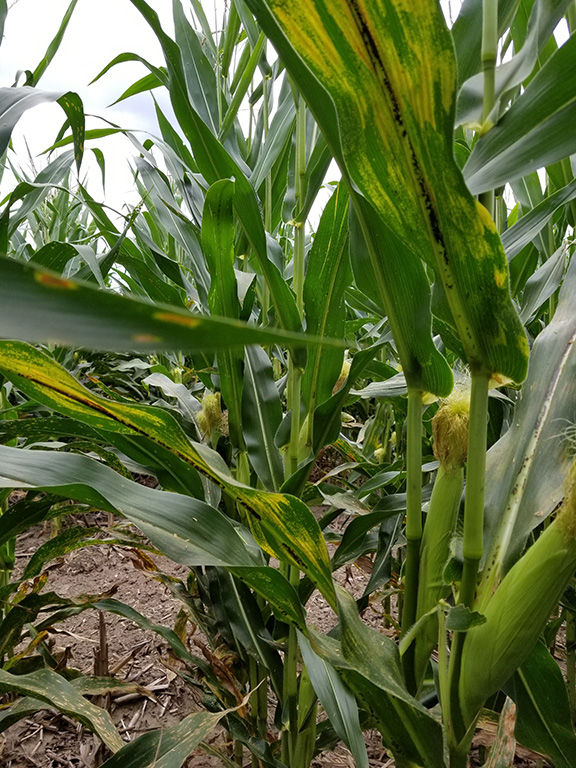
Fig. 2b. Physoderma brown spot has distinctive dark purple oval spots along midrib and very small yellowish to brown oval spots occurring in bands. (Photo credit: Darcy Telenko)

Fig. 3a. A close up of the small yellow spots and dark purple oval spots along leaf mid-rib. (Photo credit: PPDL)

Fig. 3b. Purple spots inside the leaf sheath where water and zoospores collected in the whorl. (Photo credit: PPDL)
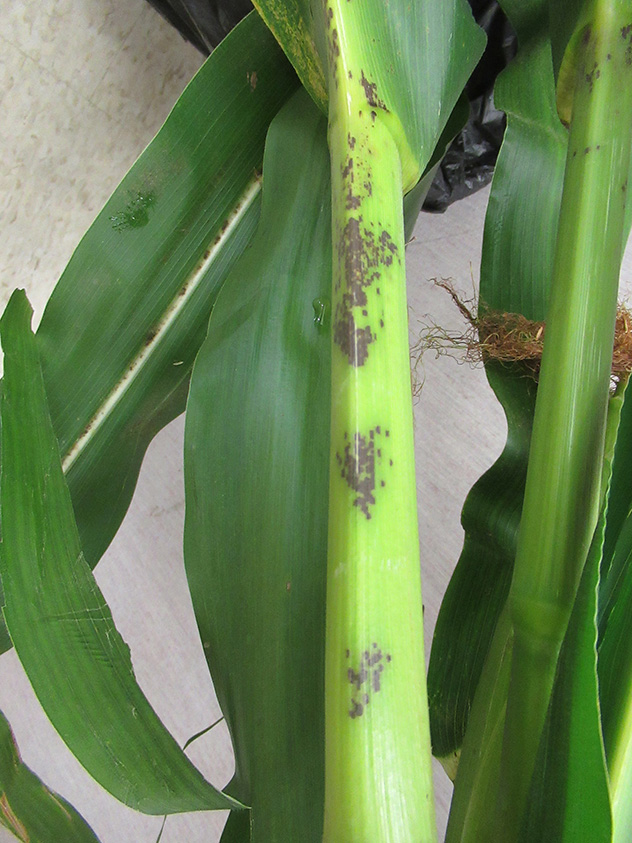
Fig. 3c. Dark purple spots along the outside of the leaf sheath. (Photo credit: PPDL)
We have found a few lesions of northern corn leaf blight in our research plots. I have not heard that there is much in the region. But as a reminder when scouting, northern corn leaf blight has distinctive long lesions (usually one to six inches in length) that are elliptical, starting as a light green and turning a pale gray or tan. Dark spores will be produced under moist conditions. See figure 4 as an example.
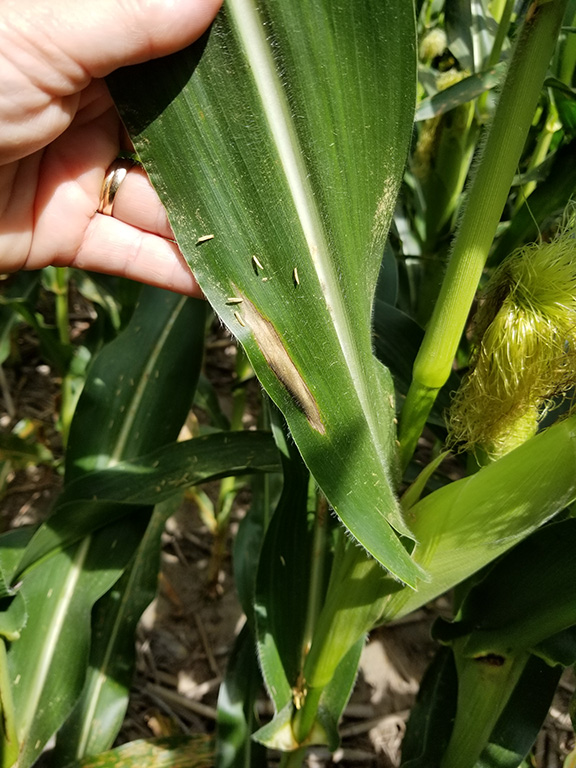
Fig. 4. Northern corn leaf blight. (Photo credit: Darcy Telenko)
Southern rust is slowly moving north. There are no official reports for Indiana, but there are three reports in Illinois and a most recent report out of Arkansas. The iPiPE program has a Crop Pest Program that is tracking the movement of southern rust. If you are interested in finding out where positive infections have been identified, visit http://ext.ipipe.org/ipipePublic/index.php#tags=Corn. Since this disease has had a slow start, I doubt it will be a big issue in Indiana this season. If you suspect field has southern rust, please send a sample to the PPDL for positive identification or contact myself or your local extension.
Several fungicides are available to help manage grey leaf spot, northern corn leaf blight, and southern rust, with a recommended application occurring at late vegetative stages through R1. The national Corn Disease Working Group has developed a very useful efficacy table for fungicides in corn which can be found at https://www.extension.purdue.edu/extmedia/bp/bp-160-w.pdf.
Again, I am just getting settled into Indiana. Please contact me or the PPDL with any major disease issues you may have this season. I am excited to be joining Purdue and look forward to continuing and expanding on the great work of my predecessors as I begin to build my field crop research and extension program.


